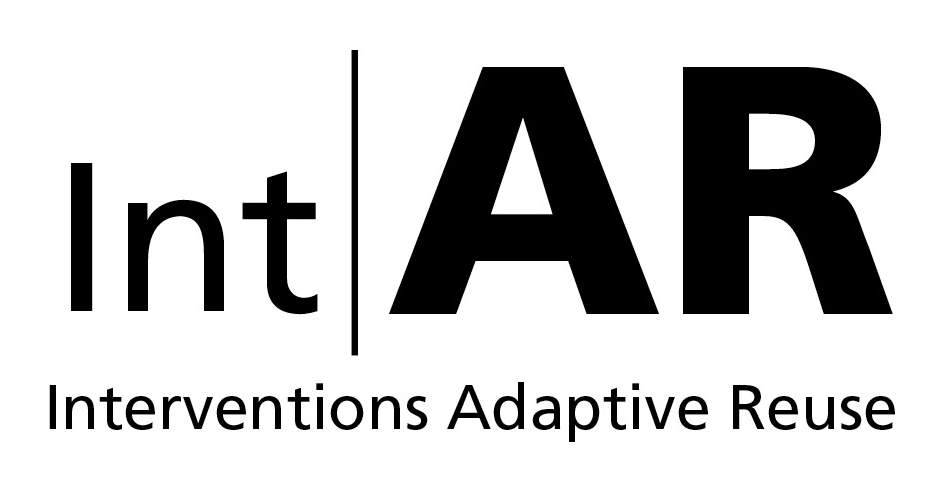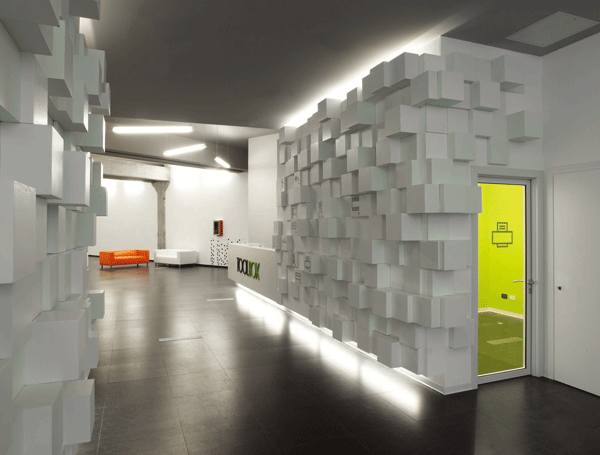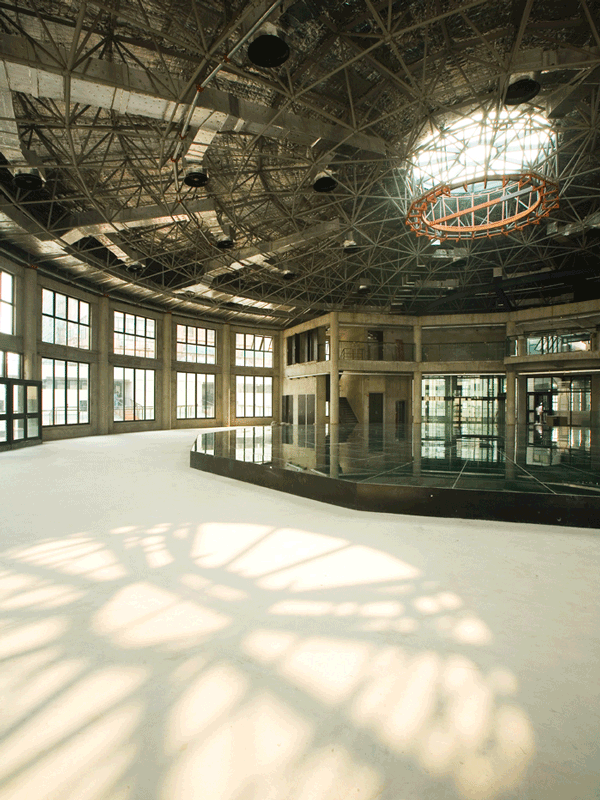Adapting Industrial Structures
Volume 2 of Int|AR, examines the phenomenon of reclaiming and transforming industrial buildings and structures through adaptive reuse as it takes place in the international arena: from Europe, with its long standing record of sustainable design, to South America, the USA, and to China, where adaptive reuse is a more recent development.
(In)convertibility and Memory:
Conversions of Vienna’s Flak Towers
by Markus Berger
An architectural tour of Vienna, a city steeped in European history, would most likely include the Gothic St. Stephen’s Cathedral, the Baroque Schönbrunn Palace or Otto Wagner’s Art Nouveau buildings, but almost certainly not the Flaktürme - the monumental, stark, nearly windowless concrete towers placed strategically in the midst of the city’s most central places. Built during WW II to protect Vienna’s historic center, Flak towers were massive, above-ground, pairs of anti-aircraft gun towers constructed between 1940 and 1944 in the cities of Berlin, Hamburg, and Vienna. ...
END OF EXCERPT
Toolbox
Adaptive Devices for a Professional Incubator
by Eduardo B. Duarte and Caterina Tiazzoldi
Adaptation is the evolutionary process whereby a population becomes better suited to its habitat.1 This process takes place over many generations, and is one of the basic phenomena of biology. In a complexly structured city in which the interactions among parts intensify; in which the number of decision-makers and cultural scenarios overlap, interconnect and sometimes collide; in which the temporal dimensions of the citizens are dissimilar; in which local and global, physical and virtual dimensions co-exist, it is necessary to identify a set of design tools which can quickly adapt to design complexity, environmental variations and new requirements.
END OF EXCERPT
TRANSCENDING TIME:
Zollverein Kohlenwasche, OMA 2006
Photo essay, Conversion of a coal refinery into a museum and visitors center
The former coal mine Zeche Zollverein in Essen, an area of 100 hectares, was declared a World Heritage Site by UNESCO in 2001. OMA was commissioned to develop a masterplan with the goal of finding a contemporary use for the site.
END OF EXCERPT
Reincarnation:
A Shanghai Slaughterhouse Reborn
by Maya Marx
Today Shanghai, China is a global metropolis alive with contrast and engaged in a rich dialogue between past and present. Nowhere is this theme more evident than in the architecture along the banks of the Huangpu River where The Bund, once the heart of colonial Shanghai, stands opposite the spectacular modern skyline of Pudong. But the notion of past and present as discontinuous realms suggests a transmigration of sorts that counters the true fluidity of passing time. In contrast, Buddhist philosophy suggests a cyclical understanding of time in which everything is marked by impermanence and rebirth is part of a continuous process of change. ...
END OF EXCERPT



